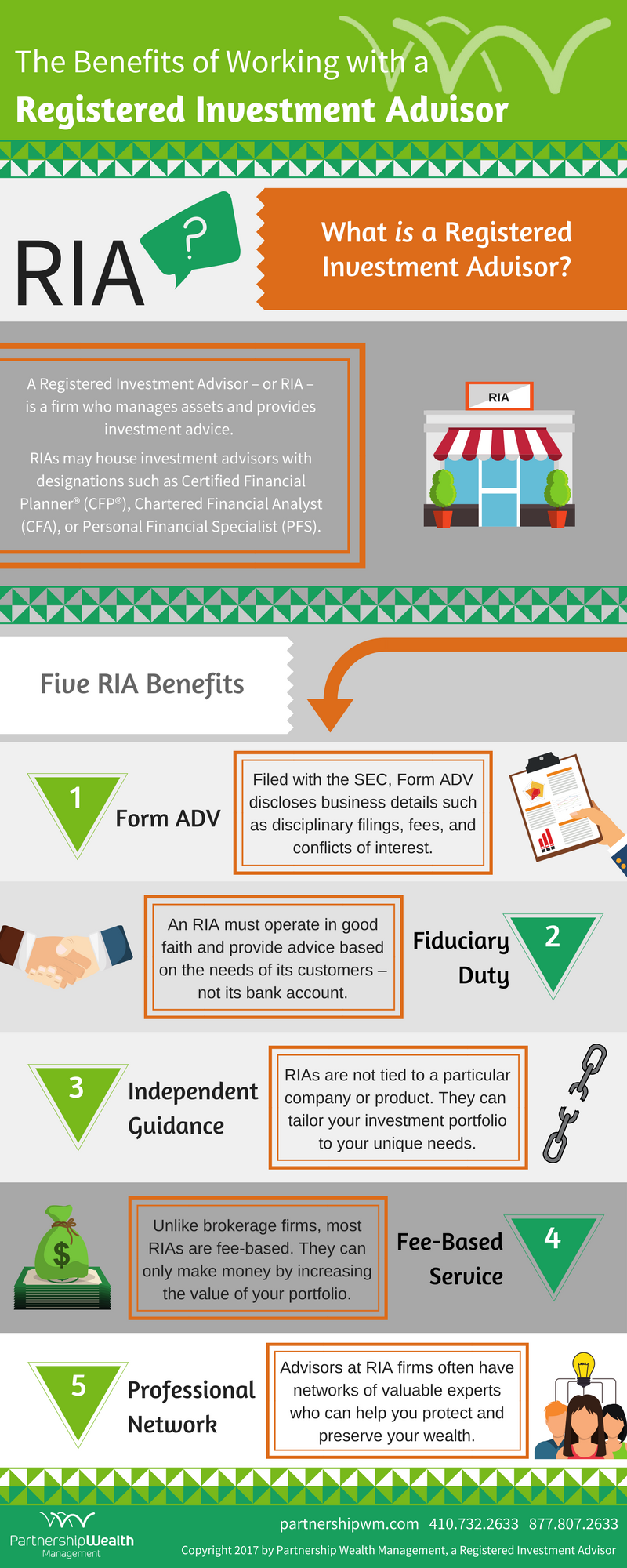A Comprehensive Guide To Subdivision Bonds In The Realty Field
A Comprehensive Guide To Subdivision Bonds In The Realty Field
Blog Article
Personnel Author-Logan Roche
When it comes to navigating the intricacies of the real estate industry, understanding the ins and outs of subdivision bonds is essential. From guaranteeing compliance with regional guidelines to meeting facilities dedications, these bonds hold substantial relevance in advancement jobs. But what exactly are the elaborate information behind neighborhood bonds and exactly how do they influence numerous stakeholders in the realty industry? Allow's discover the fundamentals that can help you make informed choices and successfully navigate the realm of community bonds in property.
Objective of Subdivision Bonds
Understanding the function of neighborhood bonds is critical for real estate programmers intending to adhere to regional regulations and make sure monetary responsibility. These bonds serve as a form of warranty to neighborhood municipalities that the essential framework enhancements will be finished by the designer.
By publishing a neighborhood bond, you're essentially assuring to end up the needed public improvements, such as roadways, pathways, and utilities, within the specified timeframe.
As a designer, securing a community bond shows your dedication to satisfying your commitments and protecting the neighborhood's passions. It provides assurance to the local government that the recommended class will not end up being a worry on taxpayers if the job is left incomplete. In addition, having a neighborhood bond in place can improve your track record in the market and develop depend on with stakeholders.
Types of Class Bonds
Distinguish between the numerous types of class bonds to determine which best suits your project's demands. There are three major types of neighborhood bonds generally made use of in the real estate market: Performance bonds, settlement bonds, and maintenance bonds.
Performance bonds guarantee that the developer finishes the class according to the authorized plans and regulations. If the programmer falls short to do so, the bond will certainly cover the expenses to finish the job. Repayment bonds assure that all subcontractors and distributors are spent for their work with the subdivision. If the designer defaults on payments, this bond supplies financial security to those parties. Maintenance bonds, on the other hand, ensure that the developer preserves the subdivision framework for a specified period after completion. construction bond claim covers any type of repair services or upkeep called for throughout that time.
Understanding https://www.constructiondive.com/news/why-private-construction-jobs-are-requiring-surety-bonds-too/618621/ in between these sorts of community bonds is crucial in choosing the most ideal one for your specific job requirements. Each kind serves a distinct function and uses different forms of defense, so it's vital to review your job's requirements very carefully before making a decision.
Requirements for Neighborhood Bonds
To make sure conformity with policies, designers looking for subdivision bonds should satisfy details needs established by regulatory authorities. These demands are essential for the effective issuance of class bonds. Below are More Information and facts need to satisfy:
- ** Financial Stability **: You have to demonstrate economic stability and the ability to cover the prices related to the neighborhood job.
- ** Experience and Record **: Having prior experience in property growth and a favorable performance history can boost your possibilities of getting approved for a class bond.
- ** Compliance with Zoning Laws **: Making sure that your community plans line up with neighborhood zoning regulations and policies is necessary for bond authorization.
- ** Environmental Effect Assessment **: Sometimes, you might need to carry out an ecological influence assessment to review the task's impacts on the atmosphere and attend to any type of problems.
Meeting these requirements is crucial for getting a community bond and moving forward with your realty growth project.
Conclusion
Since you recognize the importance of subdivision bonds in the realty industry, remember that they resemble a safety net for both developers and areas.
Just like a safety belt maintains a tightrope pedestrian safe and secure, subdivision bonds make certain that projects are completed sensibly and in compliance with regulations.
By choosing the best bond and conference all needs, you can navigate the realty landscape with self-confidence and peace of mind.
